Introduction
Corn, known scientifically as Zea mays, is a staple crop enjoyed worldwide for its versatility and nutritional value. From sweet and tender summer corn on the cob to processed products like cornmeal and corn syrup, this cereal grain holds a special place in culinary traditions across diverse cultures. However, maintaining the freshness and quality of corn, especially sweet corn, over extended periods can be challenging due to its perishable nature. This article delves into the various methods and innovations employed to preserve the freshness of corn, focusing on long-term storage solutions that retain its desirable taste, texture, and nutritional profile.
Understanding the Perishability of Fresh Corn
Fresh corn begins to lose its quality soon after harvest due to physiological changes that occur naturally. The primary enzymes responsible for these changes are those involved in respiration and senescence. Respiration consumes oxygen and releases carbon dioxide, leading to the breakdown of sugars and starches into simpler compounds, which can result in a loss of sweetness and firmness. Senescence, on the other hand, is a programmed aging process that affects the plant tissues, causing a decline in overall quality.
Moreover, environmental factors such as temperature, humidity, and exposure to light can accelerate the deterioration process. High temperatures, in particular, can enhance respiratory activity and promote microbial growth, leading to spoilage. Therefore, effective preservation techniques must address these factors to extend the shelf life of corn while preserving its fresh attributes.
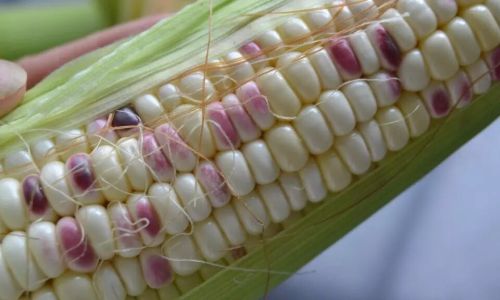
Traditional Preservation Methods
-
Refrigeration: The simplest and most commonly used method for short-term preservation is refrigeration. By storing corn at temperatures between 32°F and 40°F (0°C and 4.4°C), the rate of respiration and senescence can be significantly slowed down. This method is effective for a few days to a week, depending on the initial quality of the corn and the storage conditions. It is crucial to remove any husks and silk before refrigerating to prevent moisture loss and microbial growth.
-
Freezing: For longer-term storage, freezing is a popular choice. Blanching the corn in boiling water for a few minutes before freezing helps to inactivate enzymes and kill microorganisms, thereby extending the shelf life. Once cooled, the corn can be stored in airtight containers or freezer bags and kept at 0°F (-18°C) or below. Properly frozen corn can retain its quality for up to a year.
-
Canning: Canning involves processing corn in a hot water bath or pressure canner to create an environment that is hostile to microorganisms. This method allows for the preservation of corn in a shelf-stable form for several years. However, the high temperatures used during canning can alter the texture and flavor of the corn, making it less suitable for dishes that require fresh, tender corn.
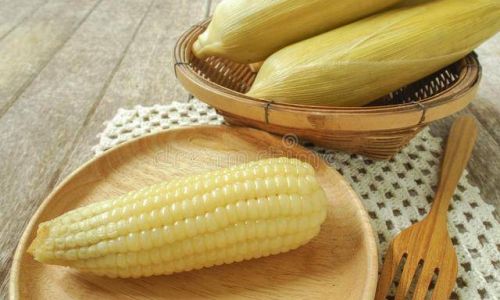
Innovative Preservation Techniques
-
Modified Atmosphere Packaging (MAP): MAP involves sealing corn in packages with a controlled atmosphere of gases, such as nitrogen, carbon dioxide, and oxygen, in specific proportions. This technique can slow down respiration and microbial growth, thereby extending the shelf life of fresh corn. MAP can be combined with refrigeration for even better results, providing a shelf life of up to several weeks.
-
Vacuum Packaging: Similar to MAP, vacuum packaging removes oxygen from the storage environment, creating an anaerobic condition that inhibits the growth of aerobic microorganisms. This method is often used in combination with chilling or freezing to further extend the shelf life of corn. Vacuum-packed corn can retain its freshness for several months when stored at appropriate temperatures.
-
Cryogenic Freezing: Cryogenic freezing uses extremely low temperatures, typically below -100°F (-73.3°C), to rapidly freeze corn. This rapid freezing process minimizes the formation of ice crystals, which can damage cell structures and affect texture. Cryogenically frozen corn can maintain its fresh attributes for several years, making it an ideal choice for long-term storage.
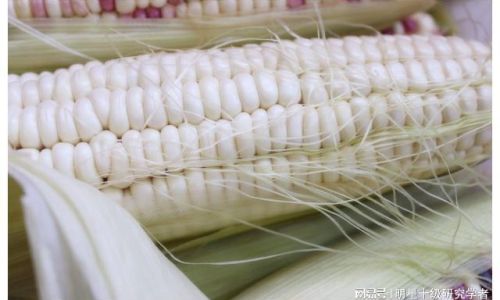
-
Osmotic Dehydration: Osmotic dehydration involves immersing corn in a hypertonic solution (one with a higher concentration of solutes than the corn tissue) to draw out moisture through osmosis. This process not only reduces the water activity of the corn, making it less susceptible to microbial growth, but also concentrates sugars and other soluble solids, enhancing flavor. Osmotically dehydrated corn can be stored at ambient temperatures for several months if packaged properly.
-
High-Pressure Processing (HPP): HPP uses high pressures, typically ranging from 300 to 600 MPa, to inactivate microorganisms without significantly altering the texture, flavor, or nutritional profile of the corn. This method is particularly effective against spores and pathogens that are resistant to traditional heat treatments. HPP-processed corn can be stored refrigerated for extended periods with minimal loss of quality.
-
Genetic Engineering: Advances in genetic engineering have led to the development of corn varieties with enhanced shelf life. Through genetic modification, researchers have been able to alter the expression of genes responsible for senescence and respiration, resulting in corn that maintains its freshness for longer periods. However, the use of genetically engineered crops is subject to regulatory scrutiny and public debate regarding safety and ethical considerations.
Conclusion
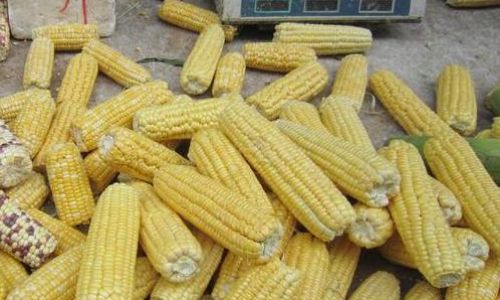
The preservation of fresh corn over extended periods requires a combination of traditional and innovative techniques tailored to the specific needs of the supply chain and end-user. While traditional methods such as refrigeration, freezing, and canning have served well for decades, innovative techniques like MAP, vacuum packaging, cryogenic freezing, osmotic dehydration, HPP, and genetic engineering offer promising alternatives that can further extend the shelf life of corn while preserving its fresh attributes. As research continues, it is likely that even more effective and sustainable preservation methods will emerge, ensuring that the world’s love affair with fresh corn can continue unabated, even beyond the harvest season.
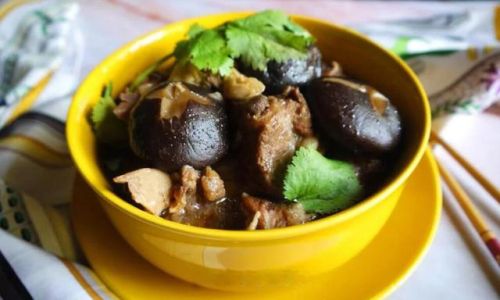

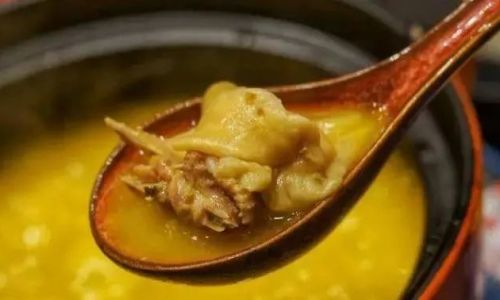



0 comments